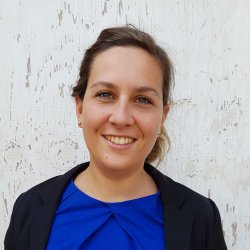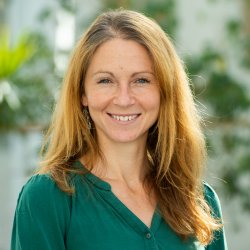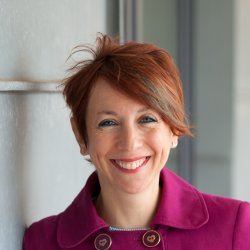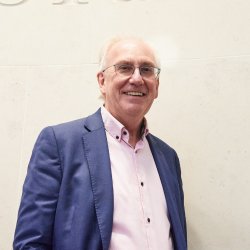New cancer research made possible as Surrey scientists study lipids cell by cell
Imagine being able to look inside a cancer cell and see how it communicates with its neighbours.
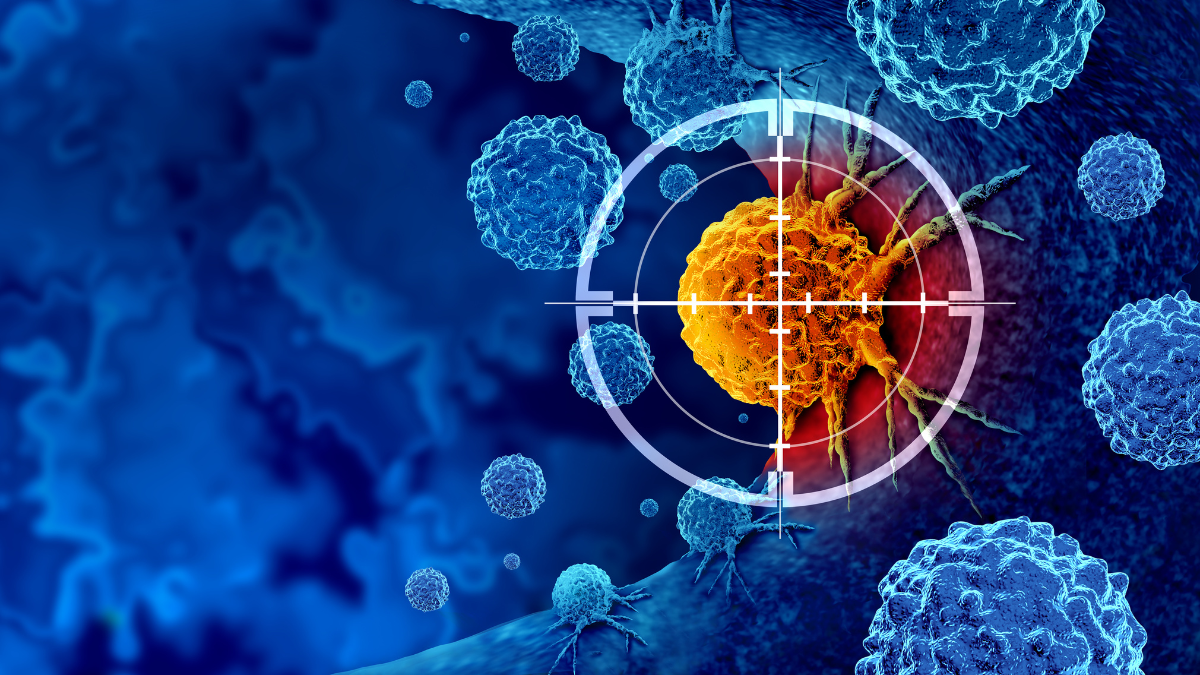
Scientists are celebrating a new technique that lets them study the fatty contents of cancer cells, one by one.
A study led by the University of Surrey has sampled single live cancer cells and measured the fatty lipid compounds inside them. Working with partners at GSK and UCL, and developing new equipment with Yokogawa, the team saw how those cells transformed in response to changes in their environment.
Individual pancreatic cancer cells were lifted from a glass culture dish using Yokogawa’s Single Cellome System SS2000 ™. This extracts single live cells using tiny tubes 10 µm across – about half the diameter of the thinnest human hair.
By staining the cells with fluorescent dye, the researchers could monitor lipid droplets (stores of fatty molecules inside cells, thought to play an important role in cancer) throughout the experiment.
Then, working with partners at Sciex, researchers developed a new method using a mass spectrometer to fragment the lipids in the cells.This told them about their composition.
The researchers demonstrated that different cells had very different lipid profiles. They also saw how lipids in the cells changed in response to what was going on around them.
Our new method paves the way for studying cancer cells in detail we’ve never seen before.Dr Carla Newman, Associate Director, Cellular Imaging and Dynamics at GSK
One day, we might be able to see how individual cancer cells communicate with their neighbours. That could unlock new, more targeted treatments.
It’s great to see universities and industry come together to produce such ground-breaking research.
The study is published in the journal Analytical Chemistry.
Related sustainable development goals


Featured Academics
Media Contacts
External Communications and PR team
Phone: +44 (0)1483 684380 / 688914 / 684378
Email: mediarelations@surrey.ac.uk
Out of hours: +44 (0)7773 479911
